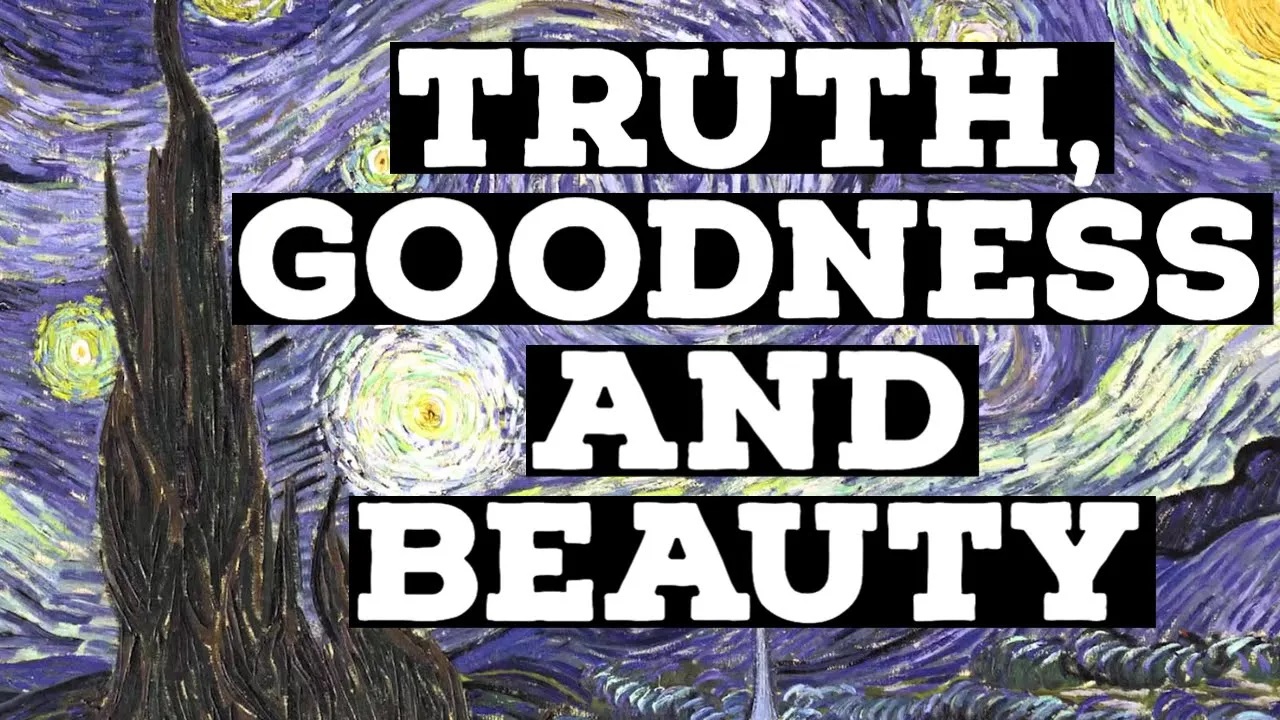In contemplating the essence of existence, one may ponder: What is the intrinsic connection between truth and beauty? This inquiry, seemingly straightforward, poses an intriguing challenge as one navigates the complex labyrinth of human perception and understanding. The teachings of the Baha’i Faith offer profound insights into this relationship, illuminating the interplay of truth, beauty, and their overarching significance within the realm of spiritual and material existence. This exploration will unveil the Baha’i perspectives on these concepts and elucidate how they inform the lives of believers in their quest for a harmonious and purposeful existence.
At the core of the Baha’i Faith lies the principle that truth is not merely a subjective construct but rather a fundamental reality that transcends individual belief systems. Baha’u’llah, the founder of the Baha’i Faith, emphasized the importance of seeking truth, asserting that it is the foundation upon which unity and harmony among humanity can be built. This quest for truth is not only a spiritual pursuit but also a moral imperative that compels individuals to rise above the divisive barriers of prejudice and misunderstanding. As seekers of truth, Baha’is are encouraged to cultivate an open-minded disposition, fostering a sense of inquiry that welcomes diverse perspectives and experiences.
The Baha’i teachings explicitly advocate for the pursuit of truth as a collective endeavor, stressing the need for collaboration in the quest for knowledge. This communal aspect is paramount; it encourages dialogue and fosters an atmosphere of respect and mutual understanding. The interconnectedness of humanity is a recurring theme within Baha’i literature, which posits that no single individual possesses a monopoly on truth. Instead, truth is a multifaceted gem, revealing its beauty through various lenses and cultural expressions, thereby enriching the tapestry of human experience.
As one contemplates beauty in the context of the Baha’i teachings, it becomes evident that beauty is intrinsically linked to truth. Baha’is believe that true beauty emanates from the principles of justice, love, and equity. In this light, beauty is not confined to mere aesthetics; it encompasses the characteristics of noble deeds and virtuous conduct. Therefore, a beautiful life is one that reflects the ideals of truth and embodies the values espoused by Baha’u’llah. This holistic understanding of beauty encourages believers to seek a deeper apprehension of the world around them, prompting them to recognize and appreciate beauty in its myriad forms, both seen and unseen.
The act of recognizing beauty, however, presents its own challenges. One might ask: How can we discern genuine beauty amidst the cacophony of transient, worldly illusions? In addressing this dilemma, Baha’i teachings advocate for an inward reflection and a reliance on spiritual insight. The practice of prayer and meditation serves as a conduit for individuals to cultivate their understanding of beauty, enabling them to perceive the divine qualities embedded within the fabric of existence. Through sincere contemplation and spiritual practice, Baha’is learn to develop a discerning eye, one that seeks out beauty that is enduring rather than ephemeral.
Moreover, the Baha’i Faith encourages individuals to consciously cultivate the qualities of their character, echoing the sentiment that true beauty is an outward reflection of inner virtue. Traits such as compassion, kindness, and humility serve to enhance one’s perception of beauty, fostering an environment where truth and beauty coalesce. When individuals embody these attributes, they contribute to an ecosystem that celebrates unity in diversity, inviting others to partake in the experience of togetherness. In this way, beauty manifests itself in relationships, communities, and society at large, fostering a greater appreciation for collective existence.
In examining the profound correlation between truth and beauty within the Baha’i paradigm, we also encounter a call to action. Baha’is are encouraged to engage with the world actively, transforming their understanding of truth and beauty into tangible contributions that benefit humanity. This engagement necessitates a commitment to social justice, environmental stewardship, and the promotion of peace, all integral components of a vision that harmonizes aesthetic and ethical considerations. In doing so, Baha’is advance the notion that beauty must not only be appreciated but also actively created and maintained within the world.
Furthermore, the Baha’i teachings remind adherents of the temporality of material beauty; while physical manifestations may captivate the senses, they are ephemeral in nature. The true allure lies in the eternal, the spiritual beauty that permeates existence. Consequently, Baha’is strive for a balance between appreciating the material world and fostering a profound connection to the spiritual realm. Engaging with art, literature, and culture through a Baha’i lens underscores this duality, encouraging a holistic approach to beauty that transcends superficiality.
As one delves deeper into the interrelationships of truth and beauty, it becomes evident that the Baha’i teachings offer a guiding framework for personal and communal development. By prioritizing the pursuit of truth alongside the promotion of beauty, believers find themselves better equipped to navigate the complexities of life while fostering an environment of love and harmony. The resultant symbiosis enriches not only the individual journey but also the collective journey of humanity as it aspires toward a more just and vibrant world.
In conclusion, the inquiry into the dynamics of truth and beauty within the Baha’i Faith invites profound reflection, encouraging individuals to transcend mere surface-level understandings. Through the principles articulated by Baha’u’llah, seekers are equipped with the tools to navigate their existence, recognizing the sacred interplay between these concepts. Ultimately, the exploration of truth and beauty serves as an invitation to engage, enrich, and elevate the human experience through a commitment to higher ideals and shared aspirations for a more harmonious world.
